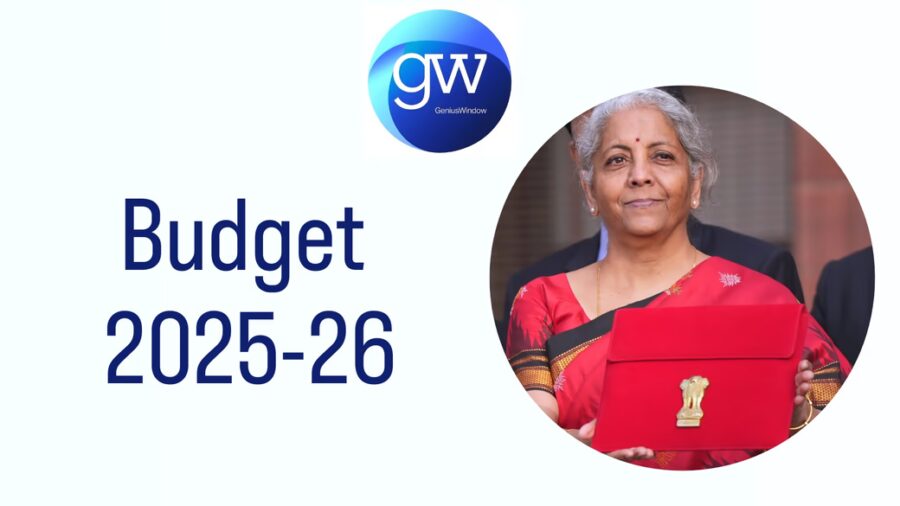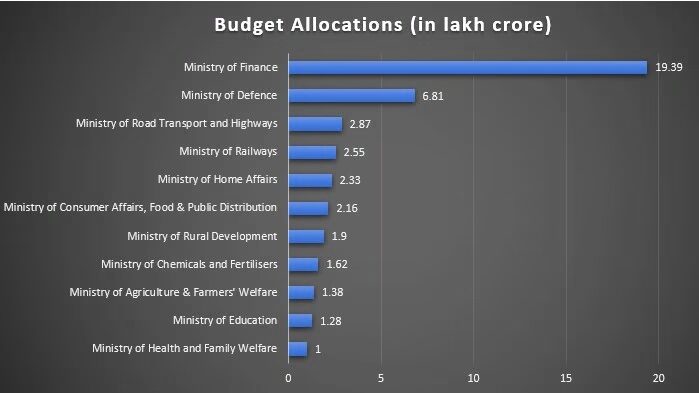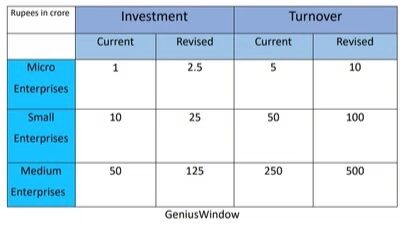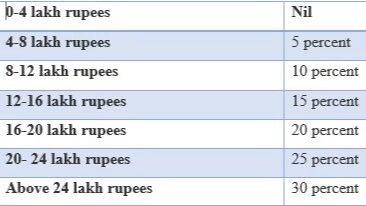
The Union Budget, or the Annual Financial Statement of India was presented by Finance Minister Nirmala Sitaraman in Parliament, outlining the government’s estimated revenues and expenditures for the upcoming financial year (1 Apr 2025- 31 Mar 2026) as mandated by Article 112 of the Indian constitution.
The budget is created by the Budget Division of the Department of Economic Affairs in the Ministry of Finance.
ALSO READ- What Is Digital Condom?
Budget 2025-26: Highlights-
The Union Budget 2025-2026 promises to continue the government’s efforts to accelerate growth, secure inclusive development, invigorate private sector investments, uplift household sentiments, and enhance the spending power of India’s rising middle class.
The budget proposes development measures focusing on the poor (garib), youth, farmers (annadata) and women (nari).The budget aims to initiate transformative reforms in taxation, power sector, urban development, mining, financial sector, and regulatory reforms to augment India’s growth potential and global competitiveness.
Ministry-Wise Allocations in Budget 2025-26-

Agriculture-
- Prime Minister Dhan-Dhaanya Krishi Yojana: in collaboration with states, will be implemented across 100 districts to boost agricultural productivity, promote crop diversification, enhance post-harvest storage, improve irrigation facilities, and ensure access to both long-term and short-term credit for farmers.
- Rural Prosperity and Resilience programme: A comprehensive multi-sectoral program will be launched in partnership with states to tackle underemployment in agriculture through skill development, investment and technology, while strengthening the rural economy. The initiative aims to create lots of opportunities in rural areas, with a special focus on rural women, young farmers, rural youth, marginal and small farmers, and landless families.
- The government will also launch a 6-year mission for Aatmanirbharta in Pulses with a special focus on Tur, Urad and Masoor. Central agencies (NAFED and NCCF) will be ready to procure these 3 pulses, as much as offered during the next 4 years from farmers.
- An increase in loan limits from Rs. 3 lakh to Rs. 5 lakh for loans taken through Kisan Credit Cards under the modified interest subvention scheme.
- National Mission on High Yielding Seeds, and a five-year Mission for Cotton Productivity.
MSMEs-
- The government has revised the investment and turnover limits for the classification of all MSMEs-

- A new scheme for 5 lakh women, Scheduled Castes, and Scheduled Tribes first-time entrepreneurs. This will provide term loans up to Rs. 2 crore during the next 5 years.
- A scheme to make India a global hub for toys representing the ‘Made in India’ brand.
Investment-
- Over the next five years, 50,000 Atal Tinkering Labs will be established in government schools to foster innovation and hands-on learning among students.
- Under the BharatNet project, broadband connectivity will be expanded to all government secondary schools and primary health centers in rural areas, enhancing access to education and healthcare services.
- Bharatiya Bhasha Pustak Scheme: It will be implemented to provide digital-format Indian language books for both school and higher education, promoting multilingual learning and accessibility.
- Five National Centres of Excellence for Skilling will be established in collaboration with global experts and partners to equip youth with the skills needed for “Make for India, Make for the World” manufacturing, enhancing India’s workforce competitiveness. Also, a Centre of Excellence in Artificial Intelligence for education will be set up with a total outlay of 500 crore.
- The government will arrange for Gig workers’ identity cards, their registration on the e-Shram portal, and healthcare under PM Jan Arogya Yojana.
- An outlay of Rs 1.5 lakh crore was proposed for the 50-year interest-free loans to states for capital expenditure and incentives for reforms.
- The second Asset Monetisation Plan 2025-30 to plough back capital of Rs 10 lakh crore in new projects.
- The government will establish an Urban Challenge Fund of ₹1 lakh crore to support initiatives for “Cities as Growth Hubs,” “Creative Redevelopment of Cities,” and “Water and Sanitation”.
- The government has announced an allocation of ₹20,000 crore to support a private sector-driven research, development, and innovation initiative, fostering technological advancements and industry-led innovation.
- National Geospatial Mission: to develop foundational geospatial infrastructure and data, which will benefit urban planning.
- Gyan Bharatam Mission: The mission is proposed for the survey, documentation, and conservation of more than 1 crore manuscripts with academic institutions, museums, libraries, and private collectors.
- National Digital Repository: of Indian knowledge systems for knowledge sharing is also proposed.
Exports-
- BharatTradeNet (BTN): A digital public infrastructure: it is proposed as a unified platform for trade documentation and financing solutions.
- The government proposed four specific measures to develop a modern, flexible, people-friendly, and trust-based regulatory framework for productivity and employment, viz.: (i) High Level Committee for Regulatory Reforms, (ii) Investment Friendliness Index of States, (iii) Mechanism under the Financial Stability and Development Council (FSDC), and (iv) Jan Vishwas Bill 2.0.
Taxation-
The Union Budget 2025-26 has introduced new direct tax slabs and rates under the new income tax regime so that no income tax is needed to be paid for total income up to ₹ 12 lakh per annum, i.e., individuals (salaried/retired) earning up to ₹ 12.75 lakh per annum will pay zero tax due to a standard deduction of ₹ 75,000.
If any person exceeds the above limit, then the income tax will be calculated according to the following slabs-

Towards the new tax structure and other direct tax proposals, government is set to lose revenue of about ₹1 lakh crore.
Tds/Tcs Rationalisation for Easing Difficulties-
- Rationalisation of Tax Deduction at Source (TDS) by reducing the number of rates and thresholds above which TDS is deducted.
- The limit for tax deduction on interest for senior citizens doubled from the present Rs 50,000 to Rs 1 lakh.
- The annual limit of Rs 2.40 lakh for TDS on rent increased to Rs 6 lakh.
- The threshold to collect tax at source (TCS) on remittances under RBI’s Liberalised Remittance Scheme (LRS) increased from Rs 7 lakh to Rs 10 lakh.
- The provisions of the higher TDS deduction will apply only in non-PAN cases.
- Decriminalisation for the cases of delay of payment of TCS up to the due date of filing statement.
For FY 2025-26, the Union Finance Minister stated that the total receipts other than borrowings and the total expenditure are estimated at ₹34.96 lakh crore and ₹50.65 lakh crore respectively. The net tax receipts are estimated at ₹28.37 lakh crore. Also, the revised estimate of fiscal deficit in budget 2025-26 is estimated to be 4.4% of GDP.

